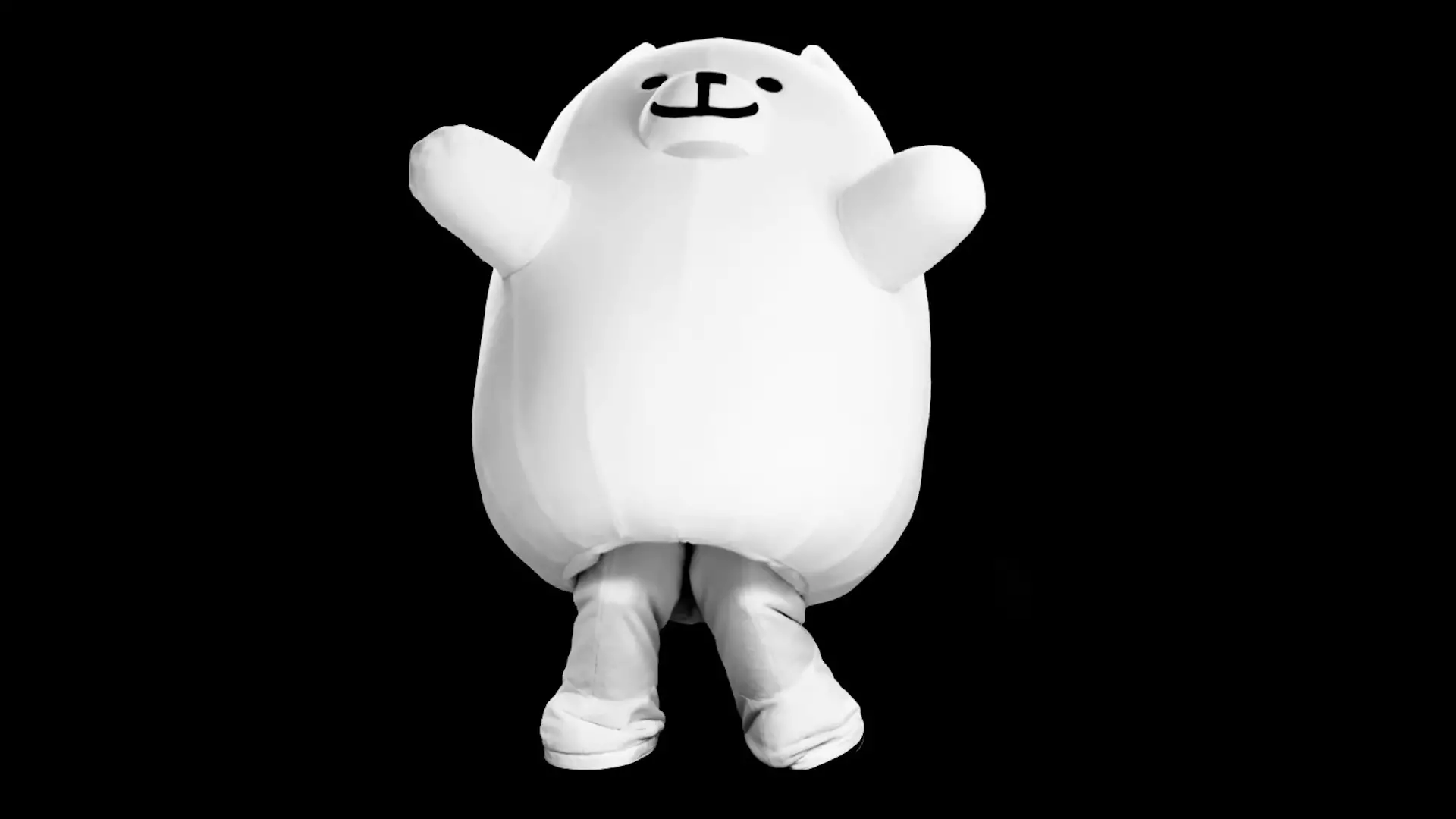In the realm of indie gaming, few developers have crafted characters with as much depth and intrigue as Toby Fox has with “Deltarune.” Among the game’s array of unique villains, Tenna has emerged as a fan-favorite, capturing the hearts of players with his captivating design and personality. What many fans might not realize is that Tenna’s journey from a conceptual idea to a beloved antagonist involved multiple iterations and a fair share of creative abandonment. Fox recently illuminated the backstory of this character, shedding light on his artistic growth and the development process through a series of candid social media posts.
Tenna traces his roots back to 2016, a reflection of Fox’s ambitions and methods at the time. Initially, Fox toyed with the idea of utilizing an Xbox Kinect to rotoscope Tenna’s movements, providing a unique physicality to the character. Little did he know that this ambitious idea would soon be abandoned in favor of more practical approaches. While the Kinect concept was never realized, it marked the beginning of a continuous effort to find the right style for Tenna.
From Ideas to Reality: The Design Evolution
In his retrospective tweets, Fox also revealed an interesting aspiration: he wanted Tenna to perform popular “MMD dances,” a practice prevalent in various fandoms that involve 3D animation software widely used in online communities. While Fox’s vision for Tenna was ambitious, it ultimately transformed into an exploration of artistic challenges. These insights highlight how Fox’s early experiences in 3D modeling influenced both the character’s design and his overall growth as a game developer.
Fans of Tenna, unfamiliar with the character’s tumultuous journey, might perceive him as simply a quirky villain; however, Fox’s revelations reveal layers of intention behind the design. The artist’s candidness about their struggles in creating Tenna illustrates a significant aspect of creative work—the evolution that often comes with trial and error. With each abandoned idea, Fox gradually refined his vision, focusing on what would eventually become the finalized character design we see in the game today.
Team Effort and Collaborative Spirit
What truly stands out about Tenna’s development is the collaborative effort involved. Fox emphasized his reliance on an extraordinary team that helped bring Tenna to life, including Chelsea Saunders, who was instrumental in modeling and animating the character. This acknowledgment hints at a deeper understanding of the creative process—a realization that even singular visages like Tenna result from collective efforts and insights from various artists.
Names like Gigi and Everdraed, who worked on different aspects of Tenna’s design, serve as reminders that character development isn’t an isolated task. Fox’s openness about the contributions of his team underscores the importance of collaboration and community in the indie game scene. Each individual’s expertise played a crucial role in the formation of Tenna’s identity, harmonizing their individual contributions into a coherent and appealing antagonist that resonates with players.
Mixed Feelings and Future Possibilities
As intriguing as Tenna’s evolution has been, one cannot overlook a lingering sense of melancholy regarding the ideas that never came to fruition. Fox’s disappointment about abandoning the MMD dance concept offers a glimpse into the emotional struggles faced by creators when their initial visions do not manifest. This vulnerability humanizes the artistic process, revealing that even the most talented developers must grapple with moments of self-doubt and revision.
Despite this, the vibrant community surrounding Deltarune has a knack for breathing life into unfulfilled concepts. In a world where digital creativity thrives, it wouldn’t be surprising to see fan-made interpretations of Tenna’s dance aspirations emerge organically. Enthusiasts often generate new content, breathing fresh life into original ideas while expanding the narrative universe that Fox has crafted.
The journey of Tenna exemplifies the dynamic interplay between imagination and reality in game development, revealing the intricate threads of creativity that connect artists, ideas, and their audience. Within this tapestry, Tenna stands not just as a mere character, but as a testament to the boundless possibilities waiting to be uncovered through collaboration, exploration, and a healthy dose of creativity.

